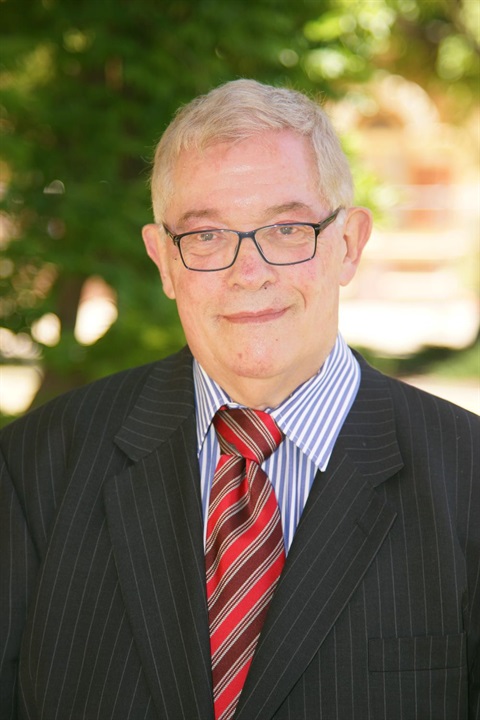
Electoral reviews are something which we typically are happy to leave to electoral commissions. In fact it’s quite easy to take our democracy and our right to have an equal say for granted.
The recent reviews of council electoral structures – including our own, required by the Local Government Act 2020, are very important as they shape how residents will be represented on their individual councils.
When the first elections for our Shire Council took place in 1997 there were five councillors, and each ward was a hybrid of Maryborough plus rural locations. The Victorian Electoral Commission (VEC) review of 2004 accepted the view of many submitters, that the issues in Maryborough and the rural areas were substantially different, and a new structure of seven councillors was established for the 2005 elections. It currently has three single councillor rural wards and one ward for Maryborough, comprising four councillors.
The next VEC review in 2011 retained that model with minor boundary changes. An unsubdivided model, whereby all Shire voters choose all seven councillors, was considered but rejected through lack of support.
The new model which will apply in the elections later this year builds on this evolution and the resident feedback provided. Although a multi-member ward for Maryborough is no longer allowable, the four councillors elected in lieu will be Maryborough councillors, though each will represent a designated Maryborough area. Rural wards are largely unchanged.
Importantly, the VEC and the Minister have accepted a minimum change model, building on past learning as the best way forward.








